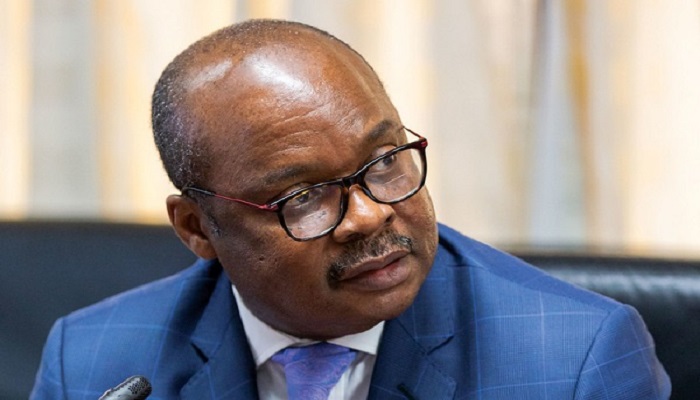Bank of Ghana spends GH¢306m on printing cedis in 2019
A total of GH¢306 million has been spent by the Central Bank to print money in 2019 including the new notes of GH¢100 and GH¢200. From GH¢147million spent in 2018, the jump, which represents an increment of 108%, is attributed to the new notes.
According to the Bank of Ghana’s 2019 annual report, there are some GH¢276 million and GH¢149 million of the GH¢200 and GH¢100 notes in circulation respectively. In total, coins and notes issued by the central bank increased to GH¢31.5 billion in 2019 from GH¢20.5 billion a year earlier.
On the value of denominations in circulation, the GH¢50 notes are in circulation more than any other denomination, as over GH¢5.9 billion worth of the notes are available on the market. It is followed by the GH¢20 denomination which has a little over GH¢5 billion in circulation.
In November last year when the new higher denominations were introduced, it courted many controversies as issues surrounding its usefulness became popular, especially, considering the amount spent on printing them which was said to be about US$9 million by the Finance Minister, Ken Ofori-Atta. Other economic analysts also argued that the printing of the new notes would fuel inflation.
However, Governor of the Central Bank, Dr. Ernest Addison, defended the move, saying it was necessary for printing the new notes considering a shift in demand for higher denomination notes as the GH¢50 and GH¢20 account for about 70 percent of the total demand.
Commenting on whether it defeats government’s agenda of promoting a cashlite economy, the governor said his outfit, though committed to that agenda, still recognises that the informal structure of the economy still makes cash a preferred means of transacting businesses, hence, the introduction of the higher denomination notes.
“The introduction of these high value notes should not be misinterpreted to mean a shift away from the Central Banks policy of pursuing a cashless society and promoting the use of electronic modes of payments. While vigorously pursuing financial inclusion by accelerating the migration to e-payment platforms, we are also mindful of the relevance of cash in our day-to-day dealings.
Undeniably, cash still remains the preferred medium of payment by the large informal sector in the country. This is why we continue to pay attention to enhancements in the structure, security features and management of cash within the economy. This will stay with us for some time,” Dr. Addison said at the launch on Monday.
He added that the new higher value denominations will not result in exchange rate depreciation but will restore, partially, the dollar value of the higher denomination GH¢200 to about US$40 rather than the current rate of US$36 using an exchange rate of US$1 = GH¢5.50.



